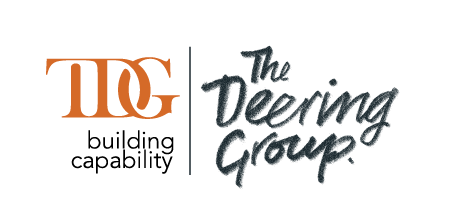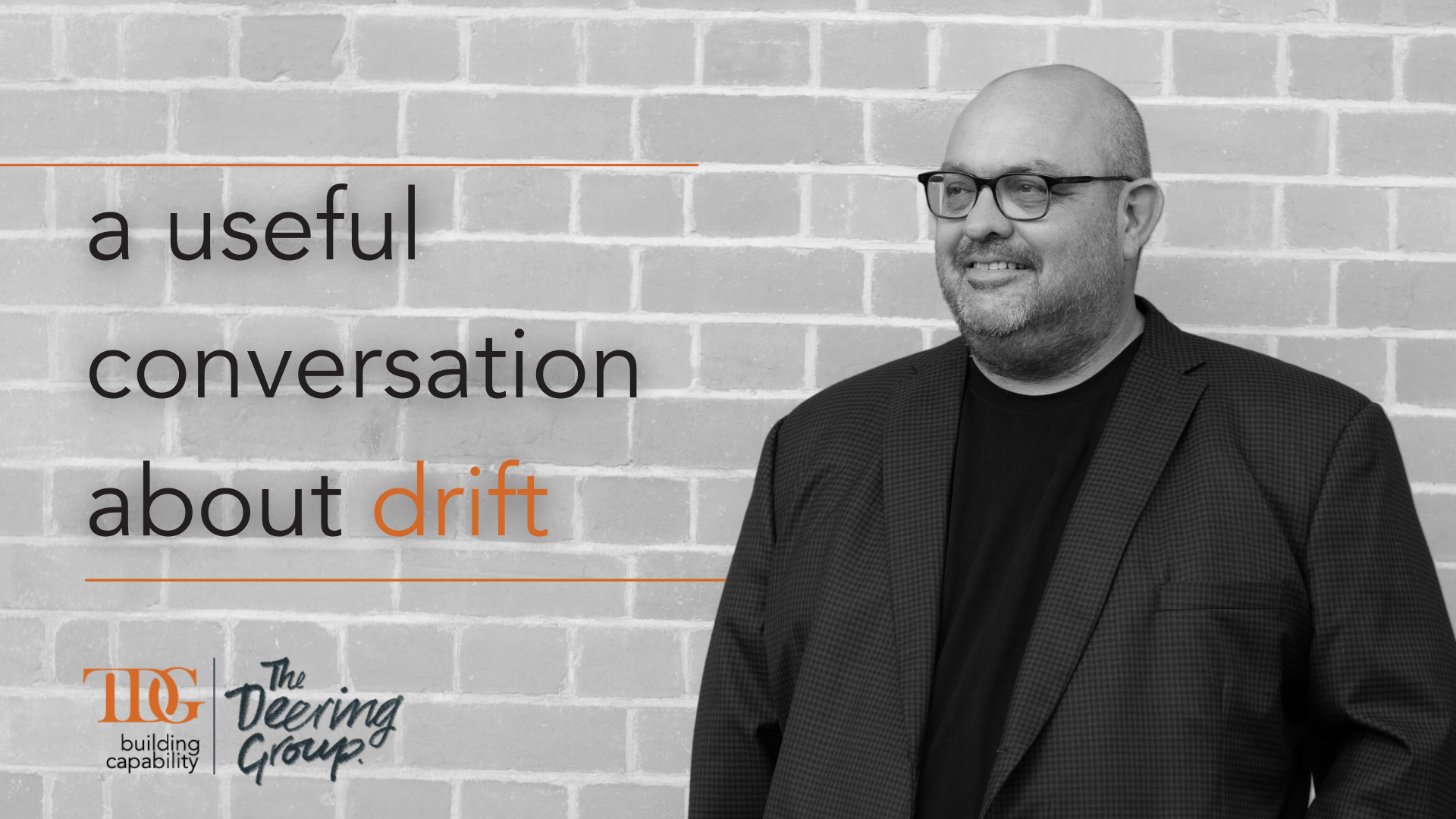I Choose to Drift
When you think about the word ‘drift’ or ‘drifting’, it’s likely you have a few negative connotations that come up.
The idea of drifting usually conjures images of ‘floating away’, moving away from what is intended, without control – or the ability to take back control – when it might be needed. You’re weightless, carried along without purpose or intent, and maybe without a clear goal, destination, or outcome in mind.
In the realms of organisational psychology, and the workplace overall, the concept of drifting has certainly grabbed a lot of traction, and not necessarily in a good way. Many would challenge that those that drift are less engaged, less productive, and less useful inside this frame.
I’d like to offer a different perspective. One where drift in and of itself isn’t a problem. It’s how we allow it to show up and how we make use of it that makes the real difference. How we use it to serve us.
So, What is Drift?
Happiness psychologist and researcher Gretchen Rubin, author of The Happiness Project, offers the following definition of drift:
“Drift is the decision you make by not deciding, or when making a decision that unleashes consequences for which you don’t take responsibility.”
Ruben advises how she feels drift can be detrimental to our sense of happiness.
I think Gretchen offers some great wisdom and advice in this space, and I think there are other frames to consider as well.
By the way, the Happiness Project is a very clever and useful book if you haven’t read it.
In the area of safety, you may have heard the conversation around drift being a pathway to an increase in risk, and therefore an increased likelihood of an incident. There is a lot of science and experiences to back this up, and something my team at TDG (The Deering Group) regularly talks about with our clients. We are very mindful of this frame of Drift when we work with teams and businesses to ensure they enable their people to be safe, skilled, and effective in their work.
I acknowledge both these forms of Drift are less useful in the context as discussed, but I would also ask you to hold space for the possibility that Drift can be a useful and potentially powerful process in our lives, allowing us to have and make some space.
The Cambridge Dictionary defines drift as, “move slowly, especially as a result of outside forces, with no control over direction”.
So, how do we use this definition in a meaningful way? Let’s read on….
When is Drift Useful?
When I was a kid, we went swimming often at the beach. I had a lot of fun there.
I remember sometimes jumping in and just floating along, drifting.
The feeling of lying back and letting the flow of the water help you drift along, enjoying the freedom, the adventure, and that little bit of nervousness and lack of control the drift gives you. Ever had that feeling, hang onto it in your mind for the next question.
Similarly, how often do we take the time to jump into our work, our business and float, drift? The feeling of just floating along and letting thoughts, ideas and direction be held loosely, or not at all. Giving ourselves the gift of some space, fluid and free. Seeking to feel, listen and sense a way forward. Without the construct or boundaries, we usually have in place for all that ‘businessy staff; that we need to do each day. (That businessy stuff is brilliant for serving outcomes and goals, but that’s another conversation).
When I work with teams and leaders, I encourage people to use their creativity to expand and grow and develop their ideas and business in organic and meaningful ways.
I’ve found they often draw their best thinking from a place of Drift. A place where they are not wedded to concrete ideas or goals.
They open themselves wide to the possibilities and the potential floating around, as yet unnoticed. They allow the Drift, learning and exploring what opportunities may be present. Considering a level of expansiveness that’s not usually seen with our usual blinders, or the view we often get anchored in one place. The opportunity and the space to see where the path may choose to go, to learn from the flow that takes and makes the Drift.
So, How to Drift Usefully?
What are some of the tips for getting there you ask?
- Firstly, go somewhere you don’t normally go.
Going to an environment that is unfamiliar opens your thoughts.
Maybe a museum, an art gallery, the bush. Find your space. - Turn off your tech!
Yep, ditch the devices and have time that is not interrupted by a beep or a buzz. - Do something that is out of the box for you.
Art class, martial arts, golf, maybe even axe throwing. Yep, it was a lot of chuckles and fun. - Lastly, talk to someone who can stretch you.
Find a mentor, someone who has walked a path before you.
Someone who can allow you the space to realise just how amazing you are.
- Firstly, go somewhere you don’t normally go.
So as you go about your day and your week, allow yourself the gift of some time and space to Drift without distraction.
Who knows what may float by that you choose to explore and consider…..
I look forward to hearing about your experiences and your thoughts.
Your conversation is always welcome.
Enjoy the possibilities.
Onwards.
Andrew Deering
Managing Director






